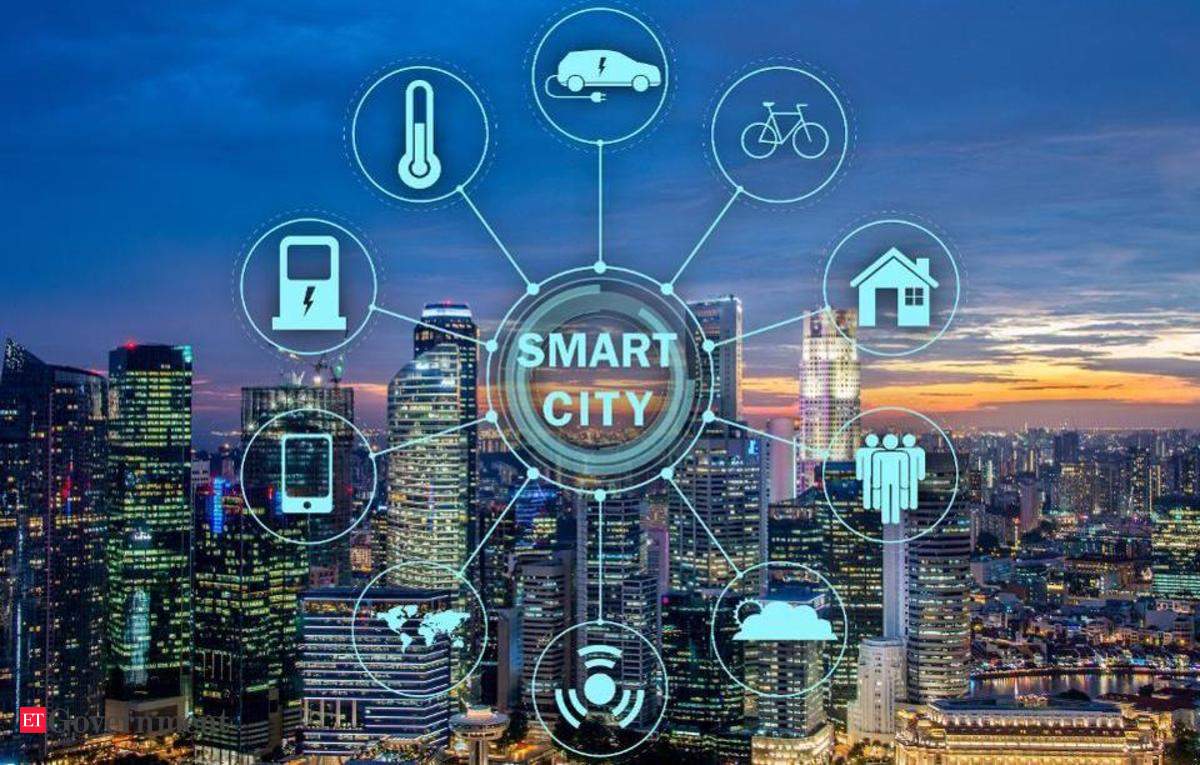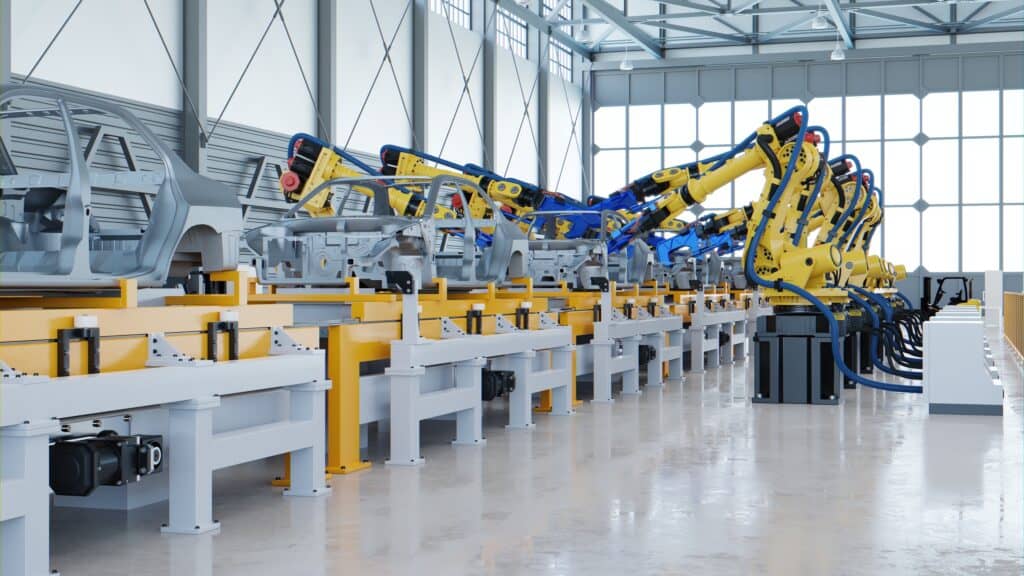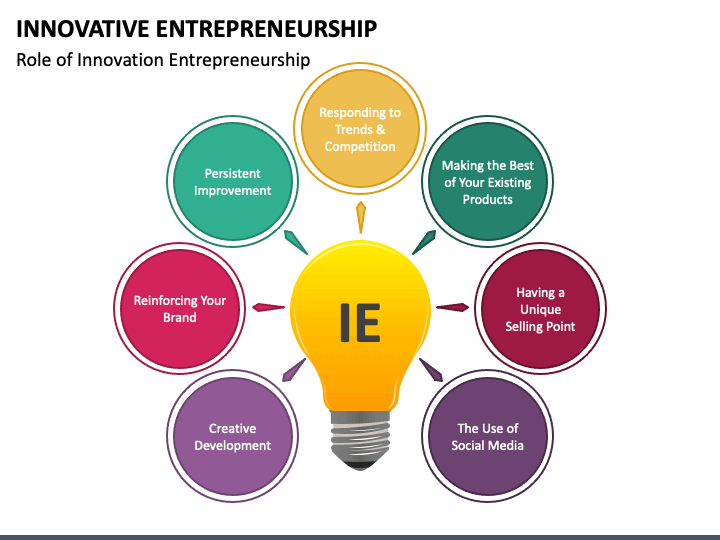SimpleEngineer's Idea / Prospect
Sustainable food production through agricultural engineering involves a combination of techniques, technologies, and practices designed to increase efficiency, reduce environmental impact, and ensure long-term viability. Here are several key strategies:
Precision Agriculture:
- GPS and GIS Technologies: Use GPS for field mapping and GIS for analyzing soil, crop, and field data to make precise planting, fertilizing, and harvesting decisions.
- Remote Sensing: Employ drones and satellites to monitor crop health, soil conditions, and water usage.
- Variable Rate Technology (VRT): Apply inputs like fertilizers and pesticides at variable rates across a field, optimizing their use and minimizing waste.
Soil Health Management:
- Cover Cropping: Plant cover crops to improve soil structure, increase organic matter, and prevent erosion.
- Crop Rotation: Rotate different crops in the same field to disrupt pest cycles and improve soil fertility.
- Conservation Tillage: Reduce tillage to maintain soil structure, reduce erosion, and increase water retention.
Water Management:
- Efficient Irrigation Systems: Implement drip or sprinkler irrigation systems to reduce water use and increase efficiency.
- Rainwater Harvesting: Collect and store rainwater for irrigation purposes.
- Soil Moisture Sensors: Use sensors to monitor soil moisture levels and irrigate only when necessary.
Integrated Pest Management (IPM):
- Biological Controls: Use natural predators or parasites to control pest populations.
- Cultural Practices: Implement practices like crop rotation and intercropping to reduce pest habitats.
- Chemical Controls: Use pesticides as a last resort and select those with minimal environmental impact.
Energy Efficiency:
- Renewable Energy Sources: Incorporate solar, wind, or bioenergy systems to power agricultural operations.
- Energy-Efficient Equipment: Use modern, energy-efficient machinery and optimize their use to reduce fuel consumption.
Waste Reduction and Recycling:
- Composting: Convert organic waste into compost to enrich soil.
- Residue Management: Utilize crop residues for mulching or as animal feed.
- Biodegradable Packaging: Develop and use biodegradable packaging materials for food products.
Genetic Improvement:
- Breeding and Biotechnology: Develop crop varieties that are more resistant to pests, diseases, and environmental stresses.
- GMO and CRISPR Technologies: Use genetic modification and gene editing techniques to enhance crop resilience and productivity.
Agroecology and Permaculture:
- Agroforestry: Integrate trees and shrubs into agricultural landscapes to improve biodiversity and ecosystem services.
- Polyculture: Grow multiple crops in the same space to mimic natural ecosystems and increase resilience.
Data and Analytics:
- Big Data and IoT: Utilize data analytics and Internet of Things (IoT) devices to monitor and optimize all aspects of agricultural production.
- Farm Management Software: Implement software solutions to manage and analyze farm operations more efficiently.
Education and Training:
- Farmer Training Programs: Educate farmers on sustainable practices and technologies.
- Research and Development: Invest in R&D to continuously improve sustainable agricultural methods.
Implementing these strategies requires a holistic approach, considering economic, environmental, and social factors to ensure that agricultural practices are truly sustainable.
Engineering is at the heart of innovation and progress, driving advancements that shape our world and improve our quality of life. This article explores the critical role engineering plays in building a better future, touching on various fields and their contributions to societal advancement.
Advancements in Technology- Development of Cutting-Edge Technologies
- Smart Devices and AI: Engineers are at the forefront of developing smart devices and artificial intelligence, revolutionizing how we interact with technology and enhancing productivity.
- Example: The integration of AI in healthcare for early diagnosis and personalized treatment plans.

- Internet of Things (IoT)
- Connected Ecosystems: Engineering has enabled the creation of IoT, where devices communicate with each other, leading to smarter homes, cities, and industries.
- Example: Smart cities using IoT to manage resources efficiently and reduce energy consumption.

- Renewable Energy Solutions
- Green Energy Innovations: Engineers are developing renewable energy technologies such as solar, wind, and hydroelectric power, reducing reliance on fossil fuels and mitigating climate change.
- Example: Large-scale solar farms providing sustainable energy to communities.

- Healthcare Innovations
- Medical Devices and Biotech: Engineers develop advanced medical devices and biotechnology solutions that improve healthcare outcomes and enhance the quality of life.
- Example: Wearable health monitors that track vital signs and provide real-time health data.
- Improved Transportation Systems
- Smart and Sustainable Transport: Engineering innovations in transportation, such as electric vehicles and smart traffic management systems, contribute to safer and more efficient travel.
- Example: Autonomous electric vehicles reducing traffic congestion and pollution.

- Industrial Automation
- Efficiency and Productivity: Engineering in automation and robotics has transformed manufacturing, increasing efficiency, productivity, and safety.
- Example: Automated assembly lines in factories producing goods faster and with higher precision.

- Innovation and Entrepreneurship
- Startups and New Technologies: Engineering fosters a culture of innovation and entrepreneurship, leading to the creation of new technologies and businesses that drive economic growth.
- Example: Tech startups developing innovative solutions to address global challenges.

- Sustainable Infrastructure
- Eco-Friendly Buildings: Engineering principles are applied to design sustainable buildings that use less energy and resources, promoting environmental stewardship.
- Example: Green buildings with energy-efficient systems and sustainable materials.

- Access to Clean Water and Sanitation
- Water Treatment Technologies: Engineers develop technologies for clean water and sanitation, improving health and living conditions in underserved communities.
- Example: Portable water purification systems providing clean drinking water in remote areas.

- Education and Empowerment
- STEM Education: Engineering plays a crucial role in promoting STEM education, empowering the next generation with the skills needed to innovate and solve future challenges.
- Example: Educational programs and workshops inspiring young students to pursue careers in engineering and technology.
Engineering is a driving force behind many of the advancements that shape our world and improve our lives. From developing cutting-edge technologies and promoting sustainable development to enhancing quality of life and driving economic growth, engineering is crucial in building a better future. By continuing to innovate and apply engineering principles, we can address global challenges and create a more sustainable, prosperous, and equitable world.
Enterprise Governance and Enterprise Engineering are two complementary disciplines that help organizations achieve their goals and remain competitive in a rapidly changing environment. Here’s why they are important:
Enterprise Governance
1. Strategic Alignment: Ensures that all activities within the organization align with the overall strategy and objectives. This helps in prioritizing initiatives that drive value.
2. Risk Management: Provides a framework to identify, assess, and manage risks that could impact the organization’s ability to achieve its goals.
3. Accountability and Transparency: Establishes clear roles, responsibilities, and reporting structures, promoting accountability and transparency within the organization.
4. Performance Measurement: Implements mechanisms to monitor and measure performance against set goals, enabling continuous improvement and informed decision-making.
5. Regulatory Compliance: Ensures that the organization adheres to laws, regulations, and standards, thereby avoiding legal issues and penalties.
Enterprise Engineering1. Process Optimization: Focuses on designing and improving business processes to increase efficiency and effectiveness, thereby reducing costs and enhancing quality.
2. Innovation and Adaptation: Facilitates the development of new products, services, and business models, allowing the organization to adapt to market changes and technological advancements.
3. System Integration: Ensures that different systems within the organization work together seamlessly, improving data flow and operational efficiency.
4. Organizational Design: Helps in structuring the organization in a way that supports its strategy and operations, including defining roles, responsibilities, and workflows.
5. Change Management: Provides tools and methodologies to manage organizational change effectively, ensuring smooth transitions and minimizing disruptions.
When combined, these disciplines ensure that the organization not only has a clear direction and a framework for accountability (Governance) but also possesses the tools and processes needed to operate efficiently and innovate continuously (Engineering). This synergy helps organizations remain resilient, competitive, and capable of sustained growth.

